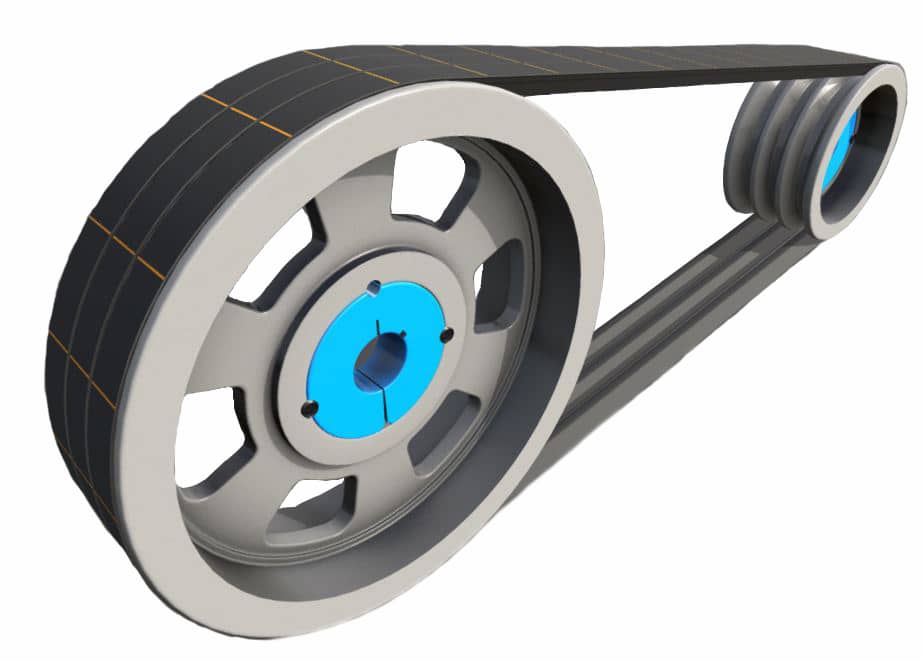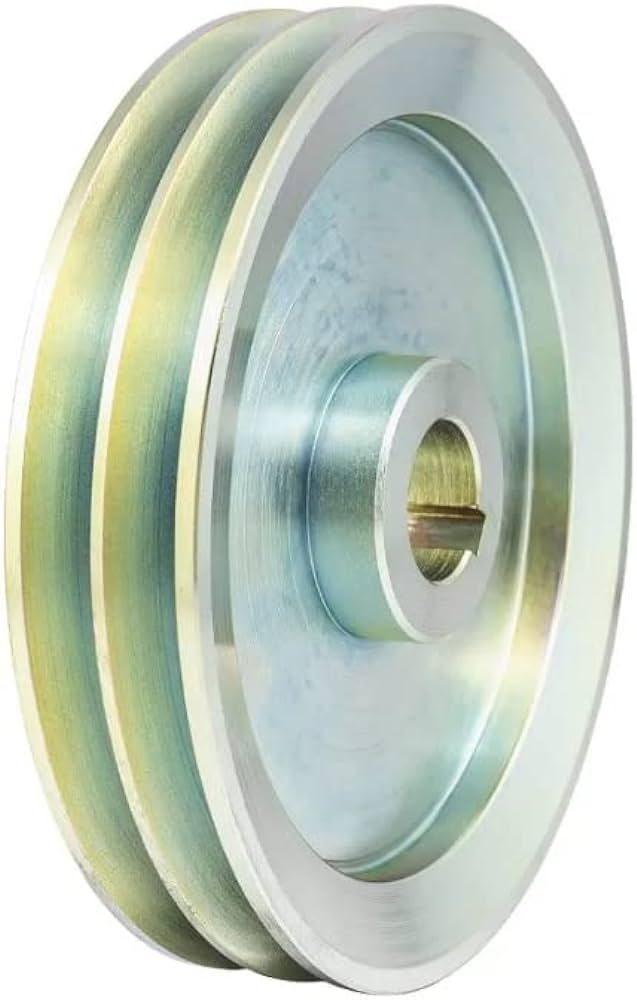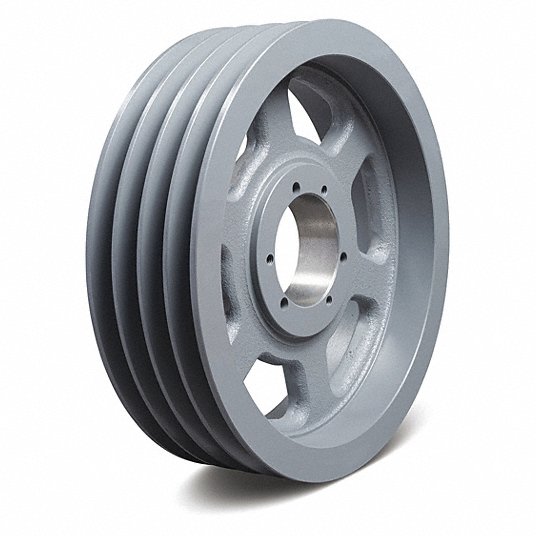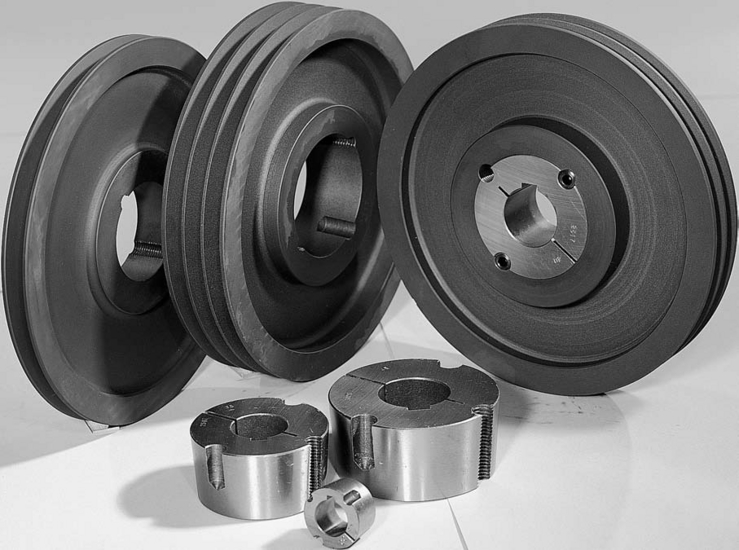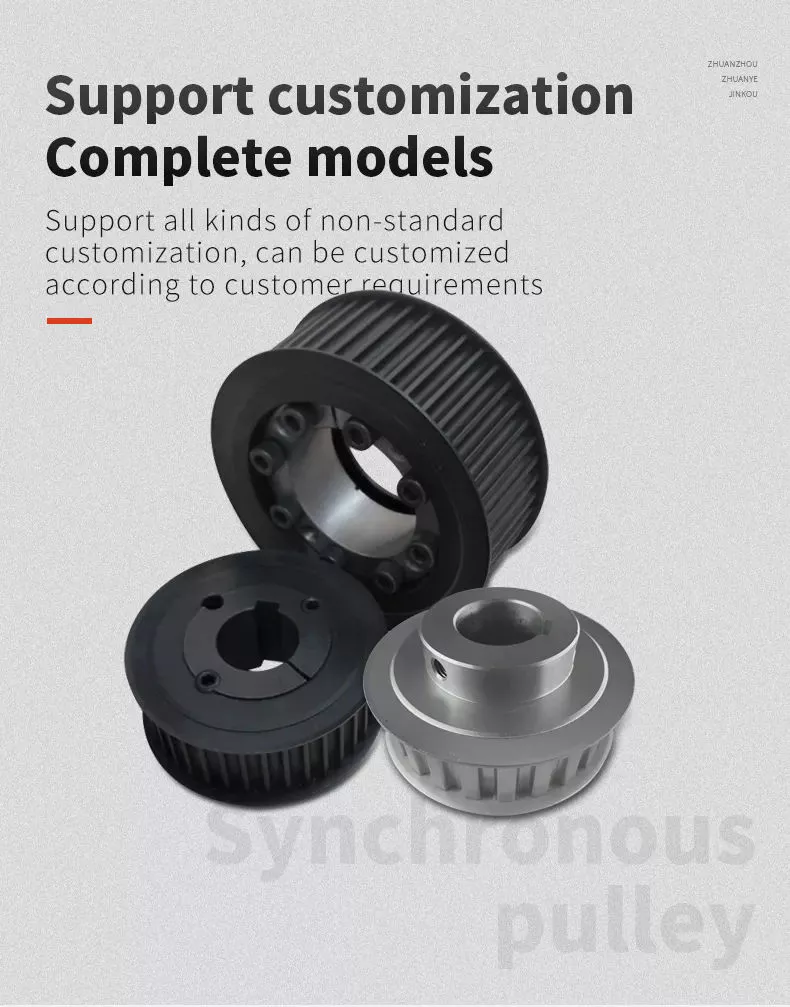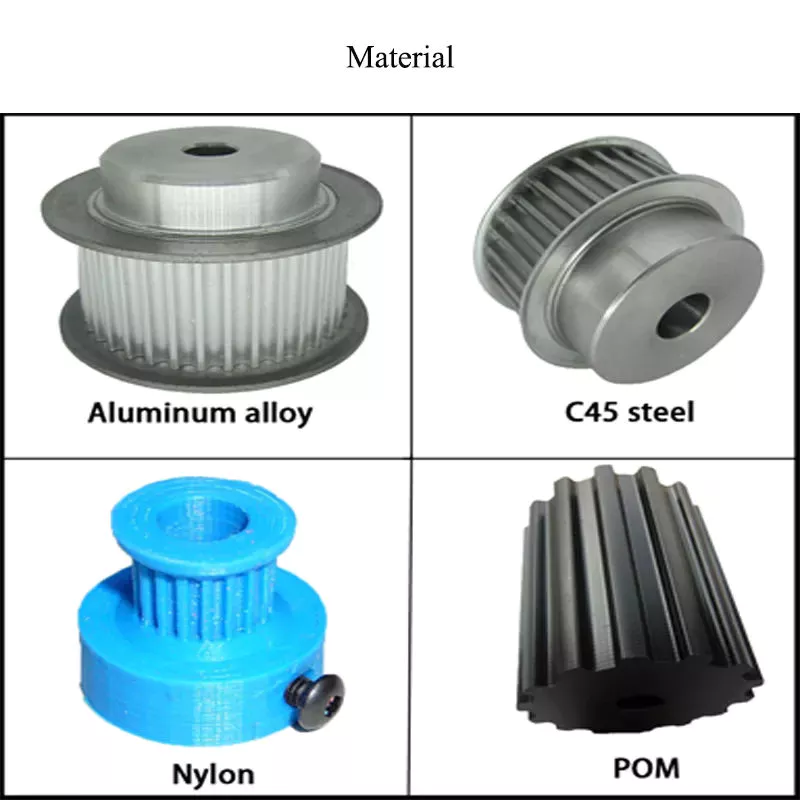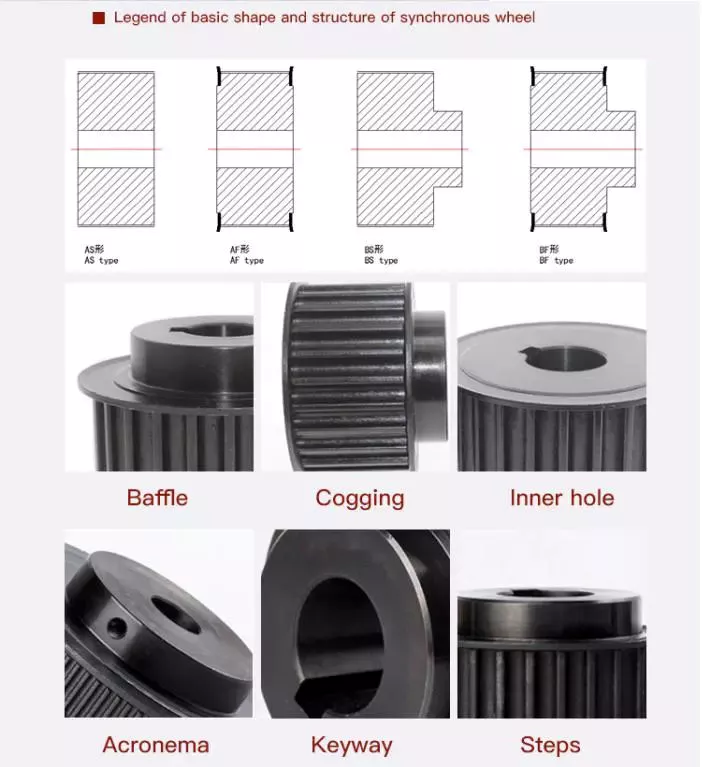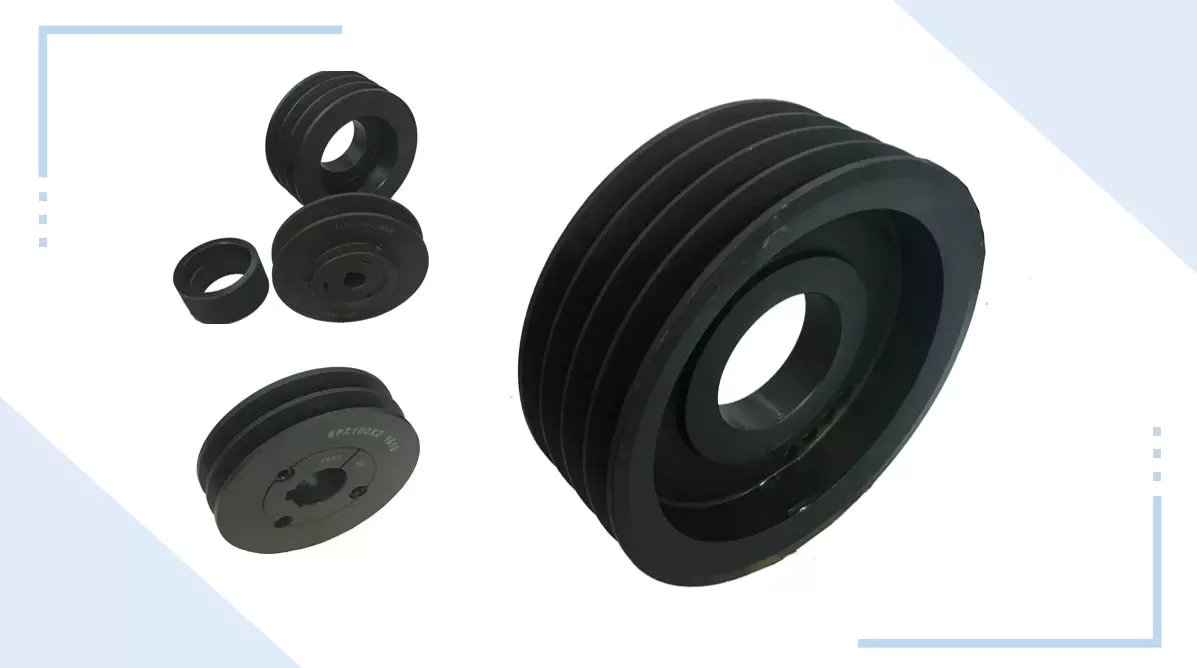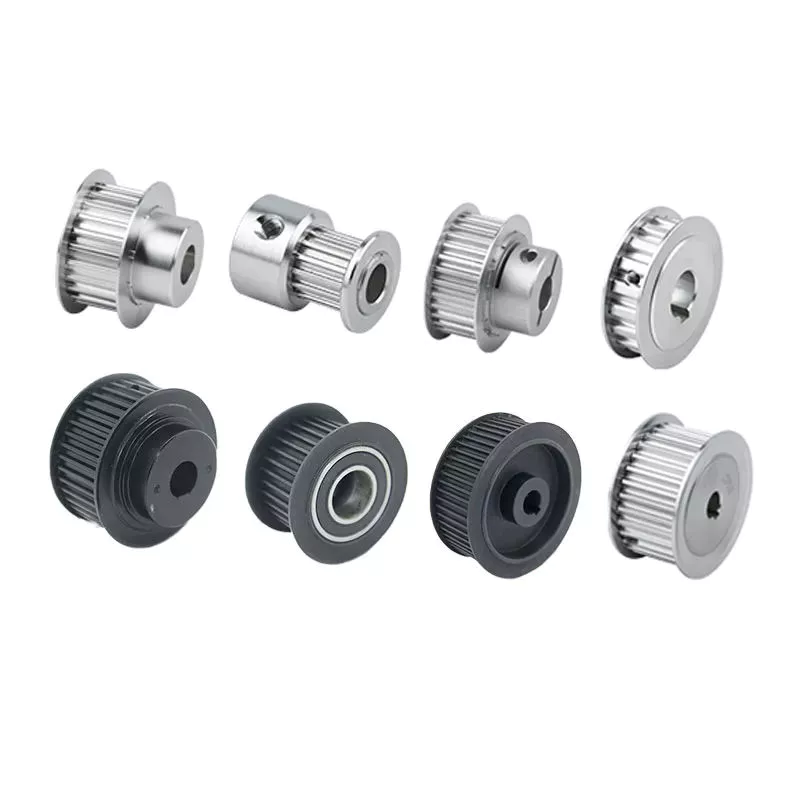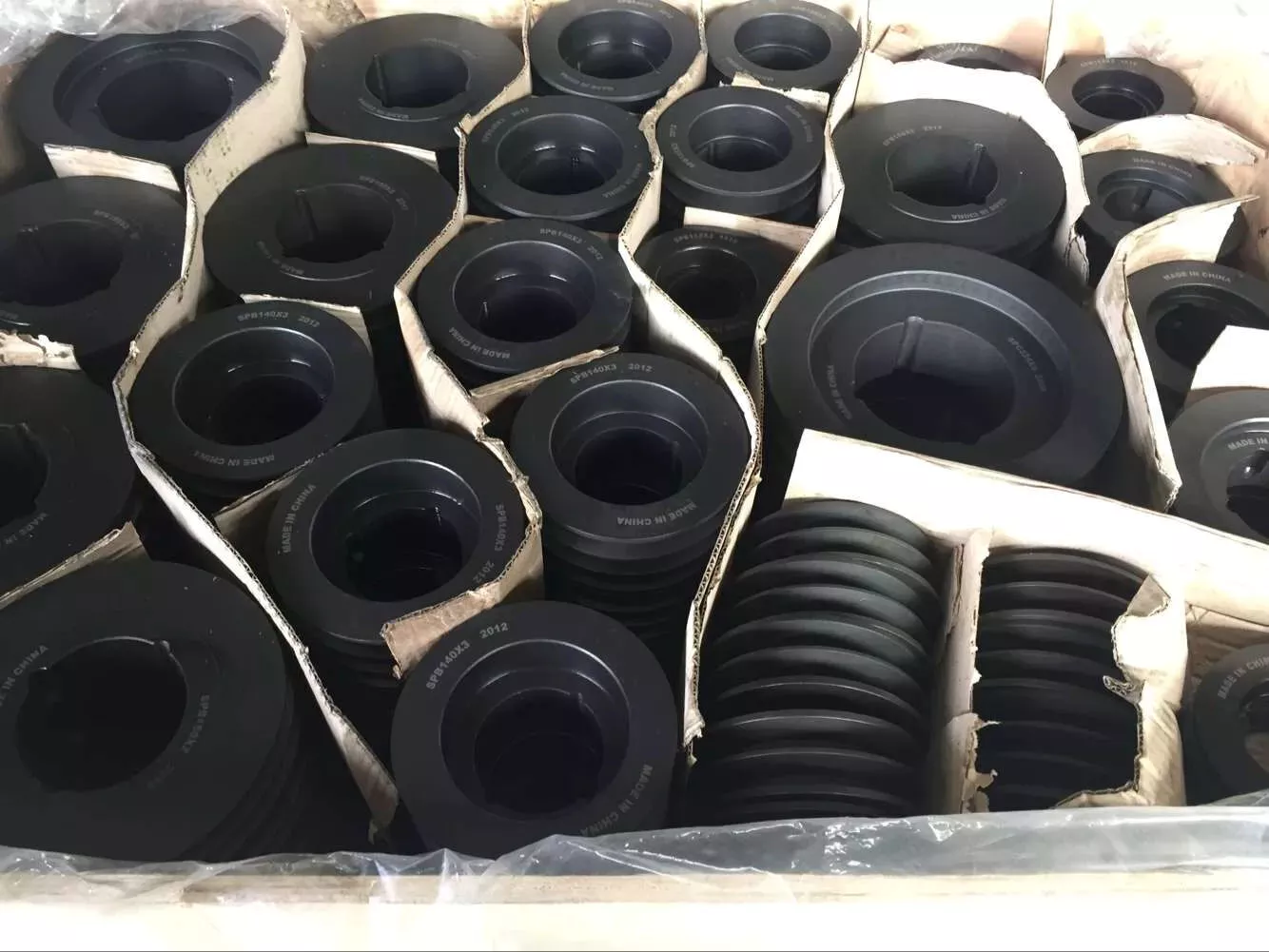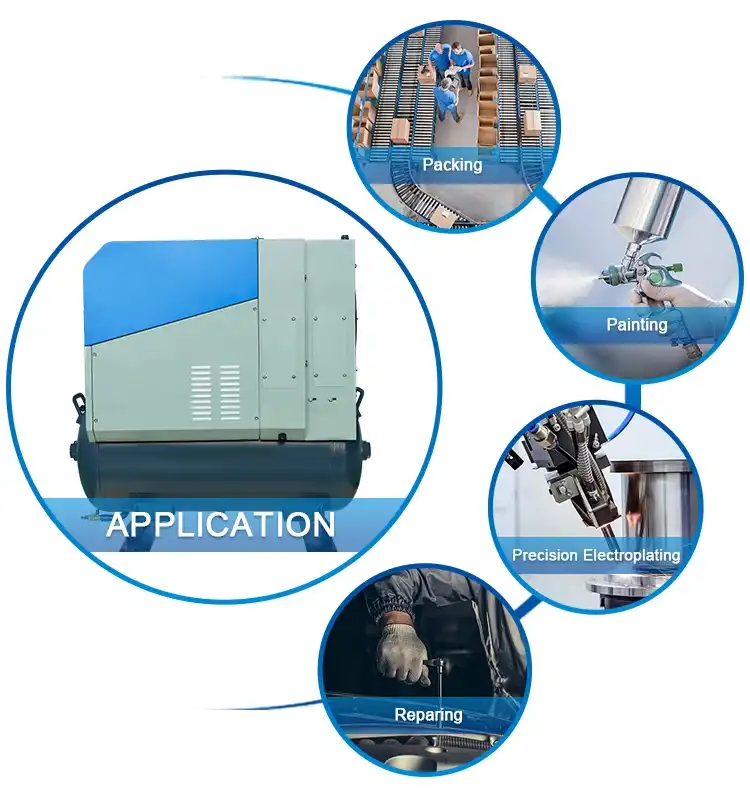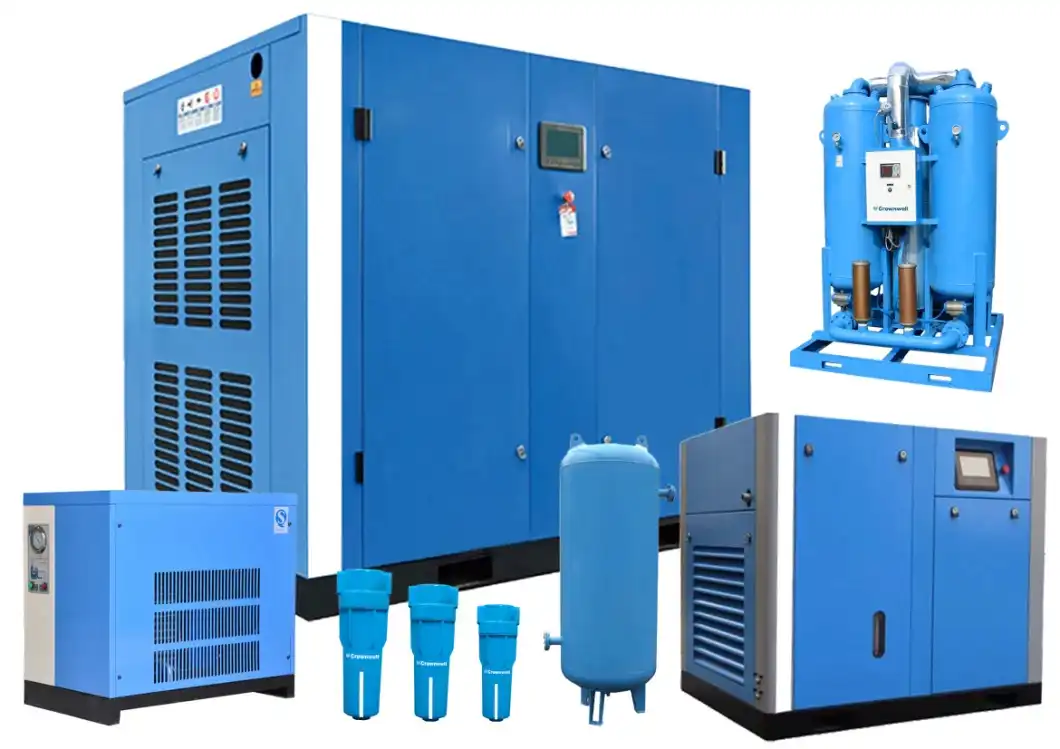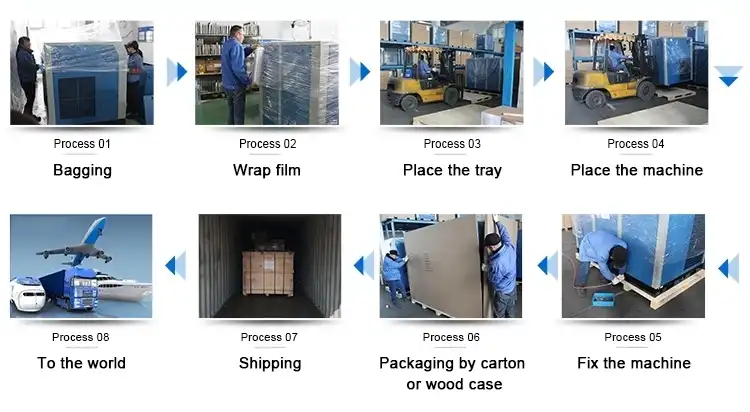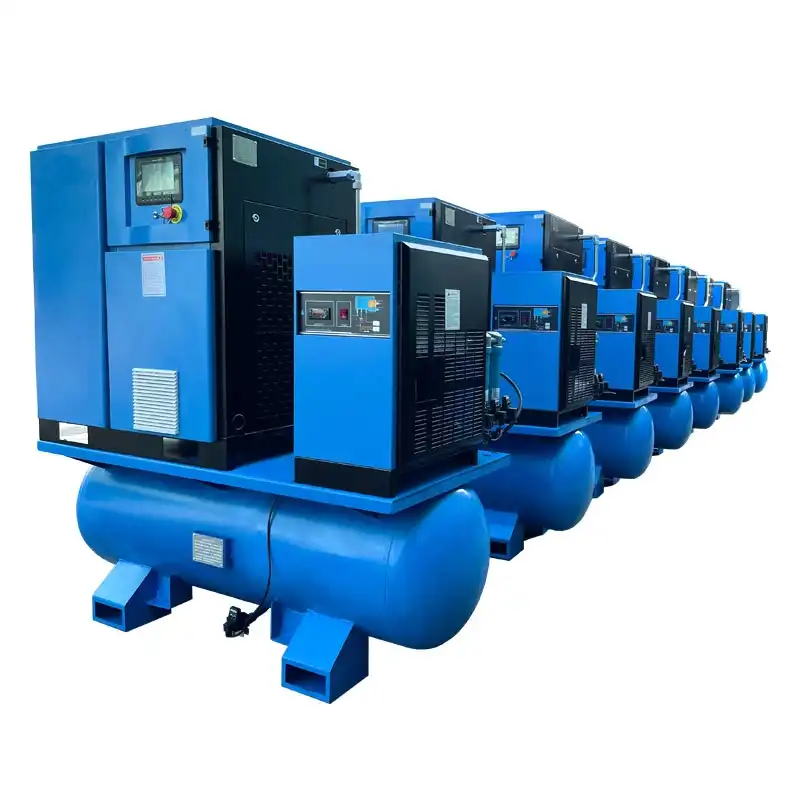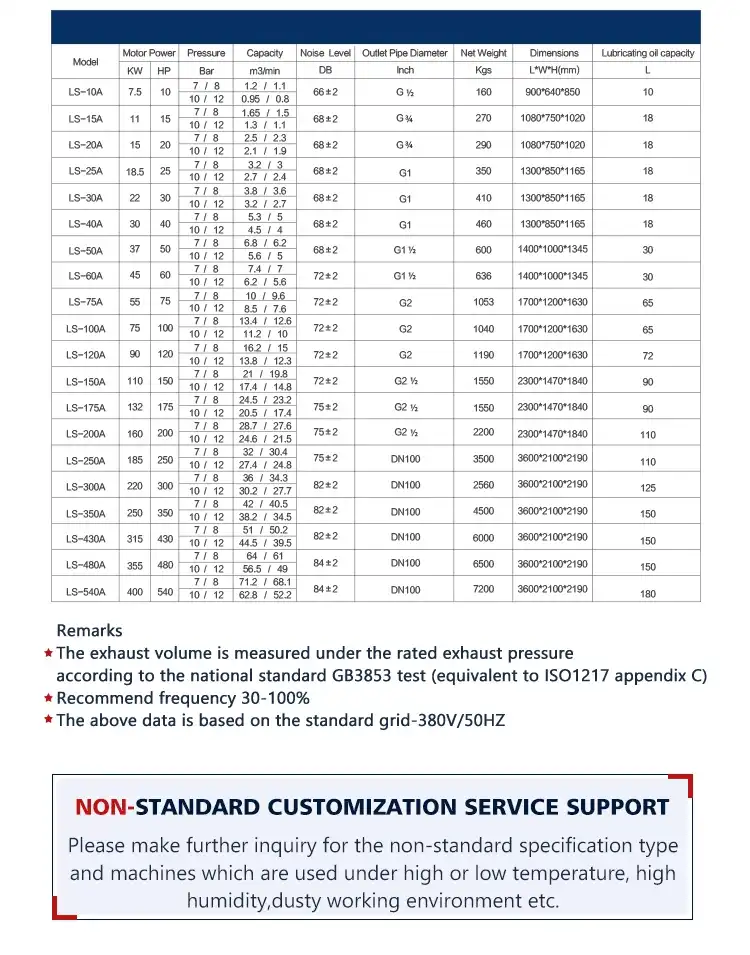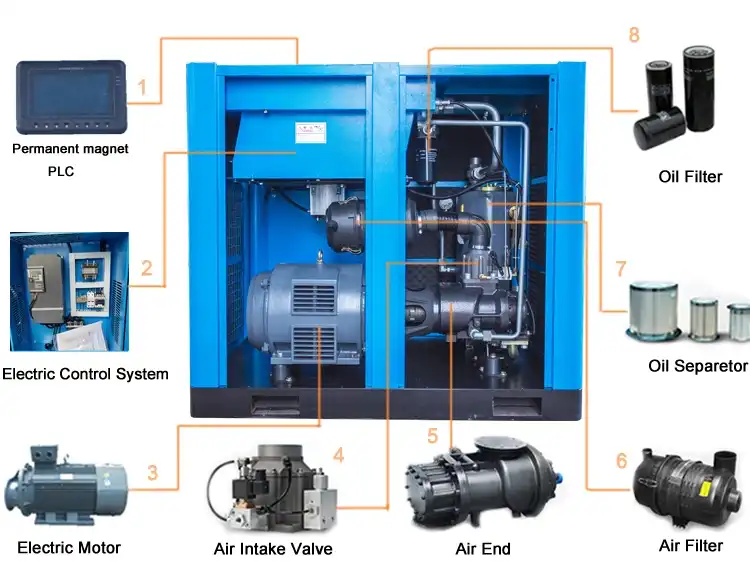Product Description
1.5GT GT2 3GT 5GT 3M S3M 5M S5M MXL XL T5 T2.5 100 110 Teeth Timing Belt and Timing Pulley
1. Teeth Type: T2.5,T5,T10,T20,MXL,XL,L,H,XH,XXH,XXL,SL9,SL12,SL,HTD:3M,5M,8M,14M,20M, STPD/STS type(S2M,S3M,S4.5M,S5M,S8M,S14M) GT2 AND SO ON
2. Material: aluminum, carbon steel, brass and nylon available.
3. Surface treatment: blacken, anodize, zinc-plating and so on
4. Tolerance: conform to customers requirement
5. OEM/ODM service offered
HangZhou CHINAMFG Industry Co., Ltd. is a specialized supplier of a full range of chains, sprockets, gears, gear racks, v belt pulley, timing pulley, V-belts, couplings, machined parts and so on.
Due to our CHINAMFG in offering best service to our clients, understanding of your needs and overriding sense of responsibility toward filling ordering requirements, we have obtained the trust of buyers worldwide. Having accumulated precious experience in cooperating with foreign customers, our products are selling well in the American, European, South American and Asian markets.Our products are manufactured by modern computerized machinery and equipment. Meanwhile, our products are manufactured according to high quality standards, and complying with the international advanced standard criteria.
With many years’ experience in this line, we will be trusted by our advantages in competitive price, one-time delivery, prompt response, on-hand engineering support and good after-sales services.
Additionally, all our production procedures are in compliance with ISO9001 standards. We also can design and make non-standard products to meet customers’ special requirements. Quality and credit are the bases that make a corporation alive. We will provide best services and high quality products with all sincerity. If you need any information or samples, please contact us and you will have our soon reply.
HangZhou CHINAMFG Industry Co., Ltd. is a specialized supplier of a full range of chains, sprockets, gears, gear racks, v belt pulley, timing pulley, V-belts, couplings, machined parts and so on.
Due to our CHINAMFG in offering best service to our clients, understanding of your needs and overriding sense of responsibility toward filling ordering requirements, we have obtained the trust of buyers worldwide. Having accumulated precious experience in cooperating with foreign customers, our products are selling well in the American, European, South American and Asian markets. Our products are manufactured by modern computerized machinery and equipment. Meanwhile, our products are manufactured according to high quality standards, and complying with the international advanced standard criteria.
With many years’ experience in this line, we will be trusted by our advantages in competitive price, one-time delivery, prompt response, on-hand engineering support and good after-sales services.
Additionally, all our production procedures are in compliance with ISO9001 standards. We also can design and make non-standard products to meet customers’ special requirements. Quality and credit are the bases that make a corporation alive. We will provide best services and high quality products with all sincerity. If you need any information or samples, please contact us and you will have our soon reply.
FAQ:
Q1: Are you trading company or manufacturer ?
A: We are factory.
Q2: How long is your delivery time and shipment?
1.Sample Lead-times: generally 10 workdays.
2.Production Lead-times: 20-40 workdays after getting your deposit.
Q3. What is your terms of payment?
A: T/T 30% as deposit, and 70% before delivery.
Q4: What is your advantages?
1. Manufacturer,the most competitive price and good quality.
2. Perfect technical engineers give you the best support.
3. OEM is available.
4. Rich stock and quick delivery.
Q5. If you can’t find the product on our website,what do you next?
Please send us inquiry with product pictures and drawings by email or other ways and we’ll check.
/* January 22, 2571 19:08:37 */!function(){function s(e,r){var a,o={};try{e&&e.split(“,”).forEach(function(e,t){e&&(a=e.match(/(.*?):(.*)$/))&&1
| Certification: | ISO |
|---|---|
| Pulley Sizes: | Timing Pulley |
| Manufacturing Process: | Machined |
| Material: | Al,C45 |
| Surface Treatment: | Oxygenation |
| Application: | Chemical Industry, Grain Transport, Mining Transport, Power Plant |
| Samples: |
US$ 60/Piece
1 Piece(Min.Order) | |
|---|
| Customization: |
Available
| Customized Request |
|---|
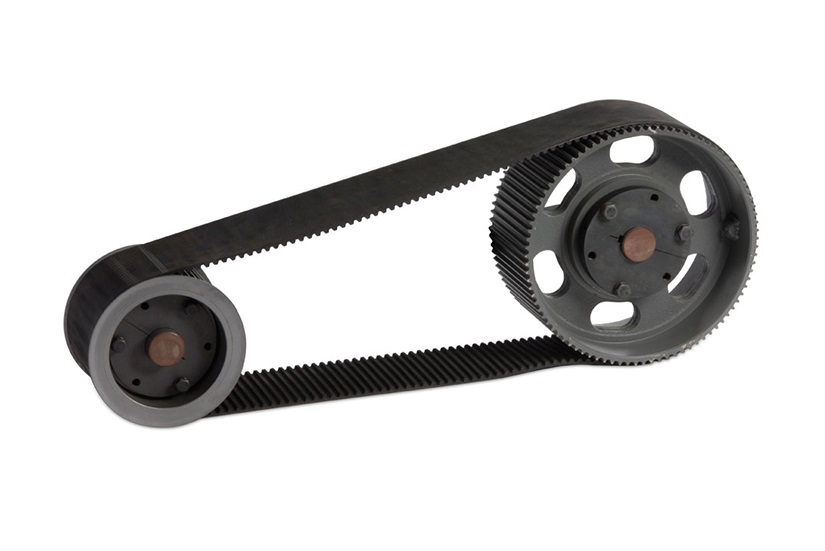
How are belt pulleys employed in agricultural machinery and equipment?
Belt pulleys play a crucial role in agricultural machinery and equipment, contributing to various functions and operations in the agricultural industry. They are used in a wide range of applications, from power transmission and driving different agricultural implements to controlling the speed and functionality of various systems. Here’s a detailed explanation of how belt pulleys are employed in agricultural machinery and equipment:
1. Power Transmission: Belt pulleys are extensively used for power transmission in agricultural machinery. They serve as the driving force to transfer power from the tractor’s power take-off (PTO) to different agricultural implements. The PTO pulley, connected to the tractor’s PTO shaft, drives the belt, which, in turn, drives the pulleys on the implements, such as mowers, balers, harvesters, and seeders. This power transmission enables the implements to perform their specific functions effectively.
2. Crop Harvesting and Processing: Belt pulleys are employed in various agricultural machinery involved in crop harvesting and processing. For example, in combine harvesters, belt pulleys are used to drive the cutting mechanism, threshing drum, and grain conveyors. The rotation of the pulleys enables the harvesting and separation of crops from the fields. In processing equipment like grain elevators and conveyors, belt pulleys facilitate the movement of harvested crops for storage or further processing.
3. Irrigation Systems: Belt pulleys are utilized in irrigation systems in agriculture. In irrigation pumps, belt pulleys connect the pump’s drive shaft to the power source, such as an electric motor or a tractor’s PTO. The rotation of the pulleys drives the pump, which boosts water pressure and facilitates irrigation by distributing water to crops through sprinklers, drip lines, or other irrigation methods.
4. Feed and Forage Processing: Belt pulleys are employed in machinery used for feed and forage processing in the agricultural industry. For instance, in feed mixers, belt pulleys drive the mixing auger or paddle mechanism, ensuring thorough blending of different feed ingredients. In forage choppers or silage harvesters, belt pulleys drive the cutting mechanism and the feed rollers, enabling the efficient harvesting and chopping of forage crops.
5. Livestock Equipment: Belt pulleys are used in various livestock equipment and machinery. In milking machines, belt pulleys drive the vacuum pump, creating suction for milking cows. Conveyor systems for livestock feed or manure management also employ belt pulleys to transport feed or handle manure efficiently. Additionally, in barn ventilation systems, belt pulleys drive the fans, facilitating air circulation and maintaining optimal environmental conditions for livestock.
6. Speed Control and Functionality: Belt pulleys are utilized to control the speed and functionality of different agricultural machinery. By using pulleys of varying sizes or adjusting the pulley arrangement, the speed of the driven implements or systems can be modified to suit specific agricultural operations. This allows for customization and adaptability in tasks such as soil cultivation, planting, spraying, and material handling.
7. Custom Applications: Belt pulleys are also employed in custom applications in agriculture, depending on specific requirements. Farmers and equipment manufacturers may design and incorporate belt pulleys in unique ways to drive specialized equipment, such as conveyor systems, grain cleaners, hay baling systems, or other agricultural machinery tailored to their specific needs.
In summary, belt pulleys have diverse applications in agricultural machinery and equipment. From power transmission and driving agricultural implements to controlling speed, facilitating crop harvesting and processing, supporting irrigation systems, and enabling functionality in various equipment, belt pulleys play a vital role in optimizing agricultural operations and enhancing productivity in the agricultural industry.

How does the size and design of a belt pulley impact its performance?
The size and design of a belt pulley have a significant impact on its performance in power transmission systems. The size refers to the dimensions of the pulley, such as its diameter and width, while the design encompasses factors like the groove profile, material selection, and overall construction. Here’s a detailed explanation of how the size and design of a belt pulley impact its performance:
1. Speed and Power Transmission: The size of a belt pulley directly affects the speed and power transmission capability of the system. A larger pulley diameter results in higher belt speeds and increased power transmission capacity. On the other hand, a smaller pulley diameter allows for slower speeds and reduced power transmission. The selection of an appropriate pulley size depends on the desired speed and torque requirements of the application.
2. Belt Tension and Grip: The size and design of a belt pulley influence the tension and grip between the belt and pulley. A larger pulley diameter increases the angle of wrap, which improves the belt’s grip on the pulley and enhances power transmission efficiency. Additionally, the width of the pulley affects the contact area with the belt, allowing for higher load-carrying capacity. Proper belt tension and grip are crucial for preventing belt slippage, maximizing power transfer, and ensuring reliable operation.
3. Speed Ratio: The size and design of the driving and driven pulleys determine the speed ratio between them. By selecting pulleys of different sizes or varying the number of grooves, the speed ratio can be adjusted. This is important in applications where specific speed requirements need to be met, such as in machinery that requires different operating speeds for various operations. The design of the pulleys, including the groove profile and pitch diameter, must be considered to achieve the desired speed ratio.
4. Belt Life and Wear: The size and design of a belt pulley can impact the life and wear characteristics of the belt. Improper pulley sizing or design can lead to excessive belt tension, uneven belt loading, or misalignment, resulting in premature wear and failure of the belt. A well-designed pulley with appropriate dimensions, smooth groove profiles, and proper alignment reduces belt stress and wear, prolonging the belt’s lifespan and reducing maintenance requirements.
5. Noise and Vibration: The size and design of a belt pulley can influence the noise and vibration levels in the power transmission system. Proper pulley size selection and design considerations, such as balancing the pulley, ensuring concentricity, and minimizing runout, help reduce vibration and noise generation. This improves overall system performance, operator comfort, and reduces the potential for component fatigue or damage.
6. Material Selection and Construction: The design of a belt pulley includes material selection and construction considerations. Different materials, such as steel, cast iron, aluminum, or composites, offer varying levels of strength, durability, and resistance to factors like corrosion or extreme temperatures. The design may also include features like hubs, keyways, or flanges, which enhance the pulley’s performance and facilitate proper installation and alignment in the system.
Overall, the size and design of a belt pulley play a crucial role in determining its performance in power transmission systems. Factors such as speed and power transmission capability, belt tension and grip, speed ratio, belt life and wear, noise and vibration levels, and material selection all depend on the proper sizing and design of the pulley. Attention to these factors ensures optimal performance, efficiency, and reliability in belt-driven applications.
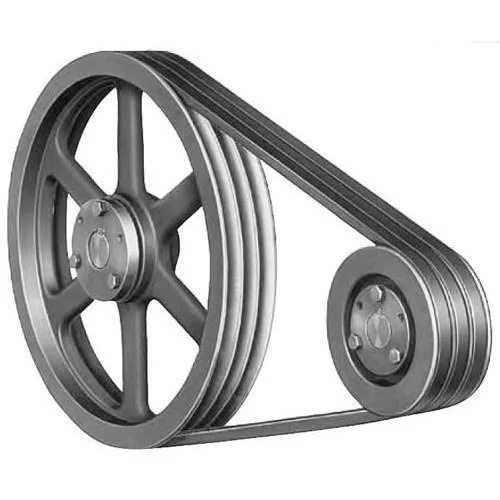
What are the key components and design features of a belt pulley?
A belt pulley consists of several key components and incorporates specific design features to ensure efficient power transmission and reliable operation. Understanding these components and design features is essential for proper selection and utilization of belt pulleys in mechanical systems. Here’s an overview of the key components and design features:
1. Pulley Body: The pulley body is the main structure of the belt pulley. It is typically a wheel-shaped component made of materials such as cast iron, steel, or aluminum. The pulley body provides the necessary strength and rigidity to support the belt and transmit rotational motion.
2. Grooved Rim: The rim of the pulley body features a series of grooves or channels. These grooves accommodate the belt or rope, ensuring a secure engagement between the pulley and the transmission element. The groove profile can vary depending on the type of belt or rope being used.
3. Hub or Bore: The hub or bore is the central opening in the pulley body. It allows the pulley to be mounted and secured onto the shaft. The hub may have keyways, splines, or other features to ensure proper alignment and torque transfer between the pulley and the shaft.
4. Flanges: Flanges are raised edges or rims located on the sides of the pulley body, adjacent to the grooved rim. Flanges help guide and prevent the belt from slipping off the pulley during operation. They provide additional support and stability to the belt, ensuring reliable power transmission.
5. Tensioning Mechanism: Some belt pulley designs incorporate a tensioning mechanism. This mechanism allows for adjusting the tension in the belt to ensure proper engagement and prevent slippage. Tensioning mechanisms can include adjustable pulley halves, movable pulley arms, or other mechanisms that enable easy tension adjustment.
6. Idler Pulleys: In certain belt-driven systems, idler pulleys are used in conjunction with the main driving and driven pulleys. Idler pulleys are additional pulleys that do not transmit power but help guide and redirect the belt. They maintain the appropriate tension in the belt, improve belt wrap around the pulleys, and assist in achieving the desired belt path.
7. Surface Finish: The surface finish of a belt pulley is important for reducing friction and wear between the pulley and the belt. Smooth and properly finished surfaces minimize belt slippage and improve power transmission efficiency. The surface finish can be achieved through machining, grinding, or other methods depending on the material and application requirements.
8. Balancing: Balancing is a critical aspect of belt pulley design, especially for high-speed applications. Proper balancing ensures that the pulley rotates smoothly without causing excessive vibrations or premature wear. Unbalanced pulleys can lead to reduced system performance, increased noise, and potential damage to the pulley or other components.
9. Material Selection: The choice of material for a belt pulley depends on factors such as the application requirements, load capacity, operating conditions, and cost considerations. Common materials used for pulleys include cast iron, steel, aluminum, and composite materials. Each material offers specific advantages in terms of strength, durability, corrosion resistance, and weight.
In summary, a belt pulley consists of components such as the pulley body, grooved rim, hub or bore, flanges, tensioning mechanisms, and may include idler pulleys. Design features like surface finish, balancing, and material selection are crucial for optimal performance and longevity of the pulley. Understanding these key components and design features allows for the appropriate selection, installation, and maintenance of belt pulleys in mechanical systems.


editor by CX
2024-04-17
